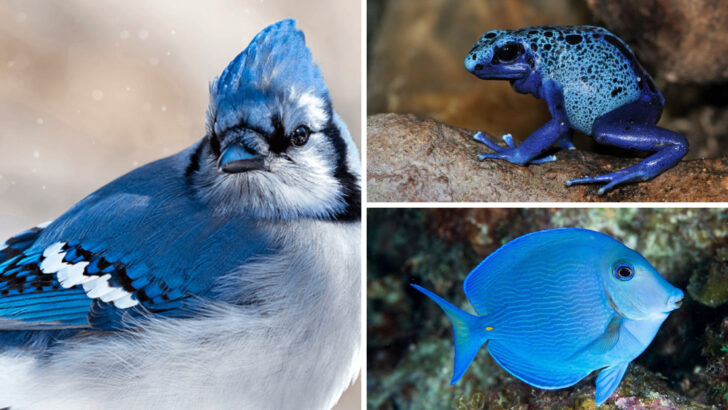Blue in nature isn’t common. When it shows up—it stuns.
These creatures don’t just wear blue.
They radiate it.
Feathers like sapphires. Scales that shimmer like morning oceans. Wings that look dipped in cobalt magic.
Some look like they walked out of a dream.
Others seem almost fake—like someone took a paintbrush to the wild and went a little wild themselves.
But make no mistake: every shade is real.
From icy blues to electric shocks, these animals turn heads without even trying.
And once you see them, you won’t stop thinking about them.
Ready to meet the blue wonders that broke nature’s color rules?
Let’s dive in.
Blue Morpho Butterfly
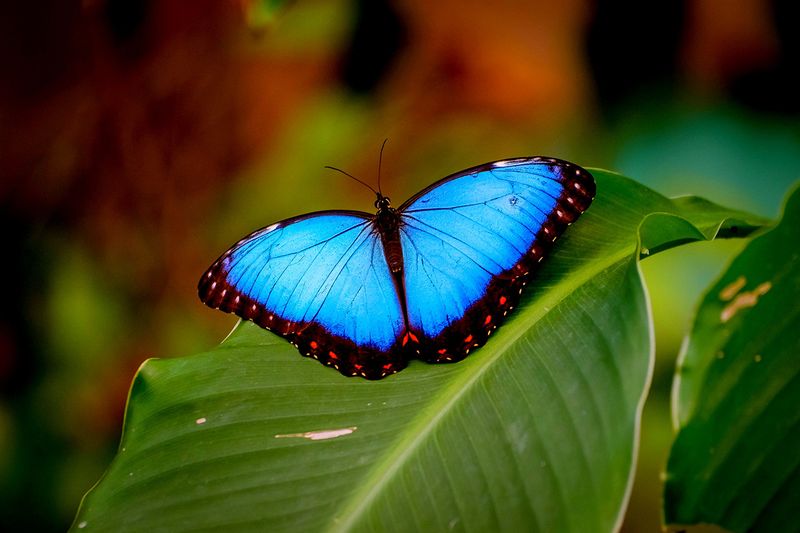
The Blue Morpho Butterfly is an incredible sight with its shimmering iridescent wings. This dazzling butterfly flutters through the dense forests of Central and South America, catching sunlight and turning it into a brilliant blue display. With wings spanning up to eight inches, the Blue Morpho is one of the largest butterflies in the world.
Their vibrant color isn’t just for show; it plays a crucial role in their survival. The sudden flash of blue confuses predators, allowing these magnificent creatures to evade capture. Their lifecycle, from caterpillar to butterfly, is a fascinating journey.
Blue Jay
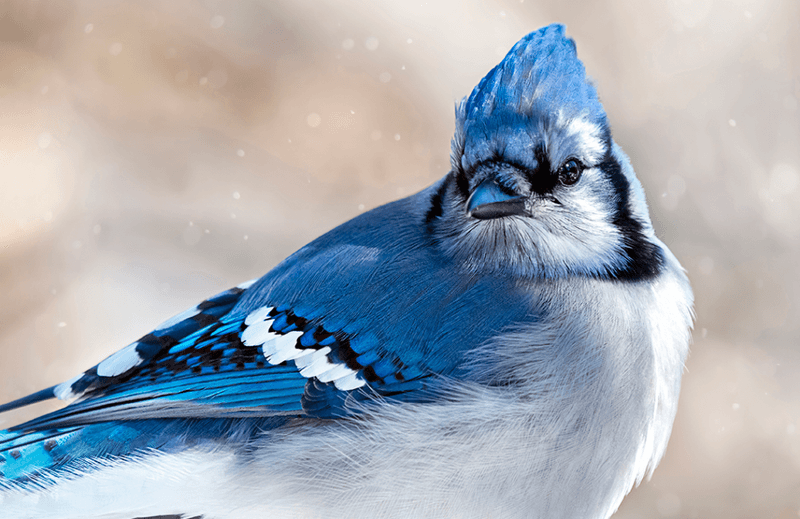
The Blue Jay is a familiar sight across North America, known for its striking blue plumage and intelligent behavior. These birds are not only beautiful but also highly social, often seen in small, noisy groups. Their distinctive calls add a lively soundtrack to many woodlands and suburban areas.
With an inquisitive nature, Blue Jays have been observed mimicking the calls of other birds and even human speech. Their vibrant color is a result of light scattering within the feather structure, not from pigments. Their loyalty to their family group is truly admirable.
Blue Poison Dart Frog
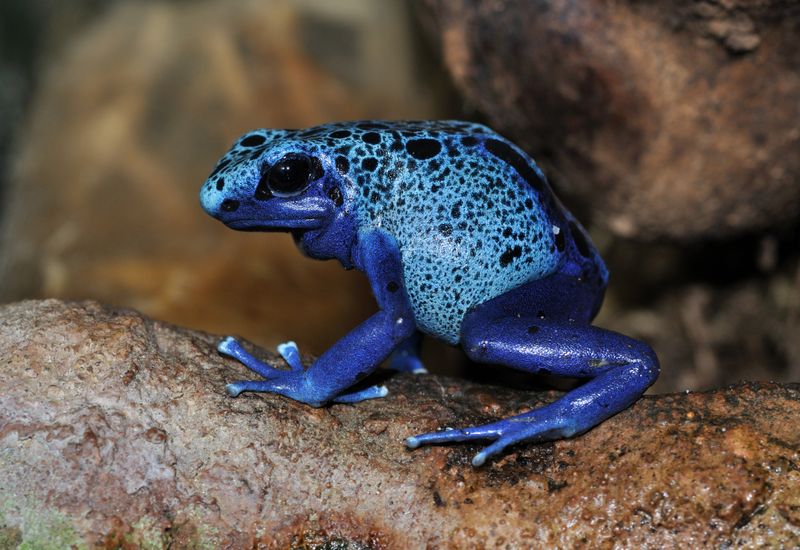
In the lush rainforests of South America, the Blue Poison Dart Frog stands out against the green foliage. This tiny creature is both beautiful and deadly, with skin that produces potent toxins. Indigenous tribes have historically used these toxins for hunting, coating their darts with the frog’s secretions.
Despite their dangerous reputation, these frogs are fascinating to observe. Their bright blue color serves as a warning to potential predators of their toxicity. Their lifecycle and reproductive habits are equally intriguing, with males caring for the young tadpoles.
Blue Whale

The Blue Whale holds the title of the largest animal on Earth, reaching lengths of up to 100 feet. Its blue-gray skin appears almost cerulean when it glides through the ocean’s depths. Found in oceans around the world, these gentle giants are a symbol of the ocean’s vastness and mystery.
Despite their enormous size, Blue Whales feed primarily on tiny krill, consuming several tons each day. Their haunting, melodic calls can travel thousands of miles underwater, serving as a way to communicate across the vast ocean. Conservation efforts continue to protect these incredible creatures.
Blue Tang Fish
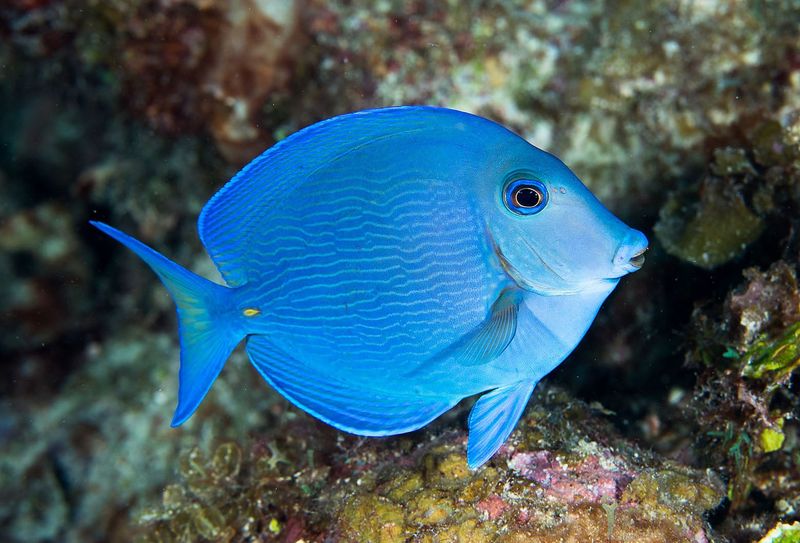
Popularized by its appearance in a famous animated film, the Blue Tang Fish is known for its striking blue body and sunny yellow tail. Found in coral reefs in the Indo-Pacific region, these fish are a delight for snorkelers and divers to spot.
Their vibrant colors are not just for show; they play a role in social interactions and mating rituals. Blue Tangs are also known for their clever disguises, hiding among the coral to evade predators. Their playful nature and dazzling hues make them a favorite among marine life enthusiasts.
Blue Dragon Sea Slug
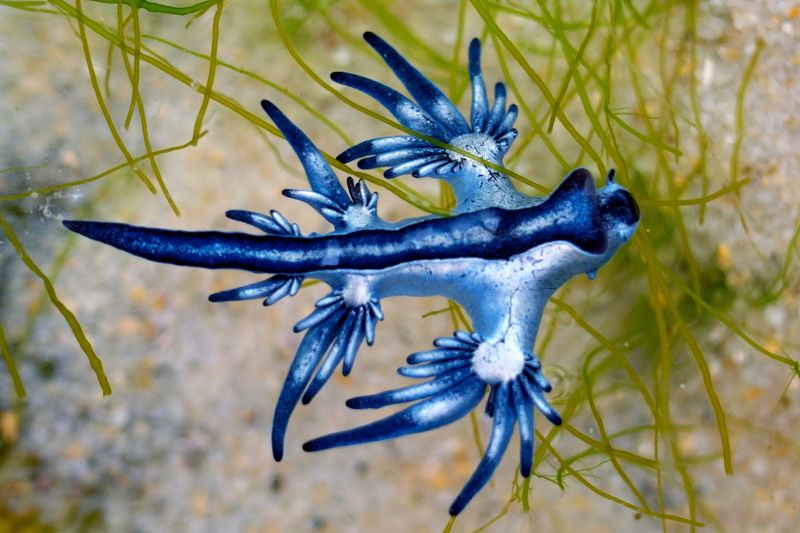
The Blue Dragon Sea Slug, also known as Glaucus atlanticus, drifts gracefully on the ocean’s surface. This small but stunning creature is adorned in electric blue and silver, resembling a mythical dragon.
Known for its unusual feeding habits, the Blue Dragon preys on venomous sea creatures, incorporating their toxins into its own defense mechanism. This unique adaptation makes it both beautiful and formidable. Its ability to float, thanks to an air bubble in its stomach, allows it to travel with ocean currents, making it a true wanderer of the seas.
Blue Dacnis
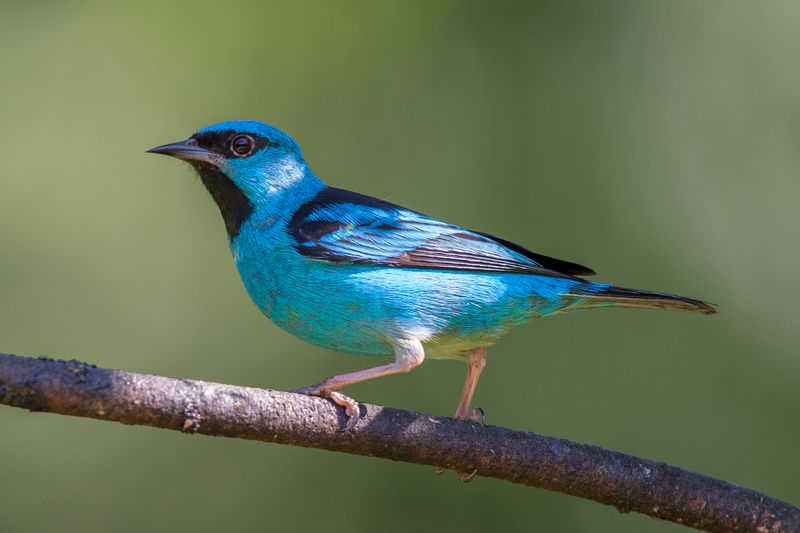
The Blue Dacnis, also known as the Turquoise Honeycreeper, is a small bird found in the tropical forests of Central and South America. Its vivid blue and turquoise plumage stands out boldly against the surrounding greenery.
These energetic birds thrive on a diet of fruit and insects, often seen flitting through the canopy in search of food. Their charming calls and social nature make them a delight to birdwatchers. The contrast between their bright feathers and the lush foliage captures the essence of tropical biodiversity.
Blue Lobster
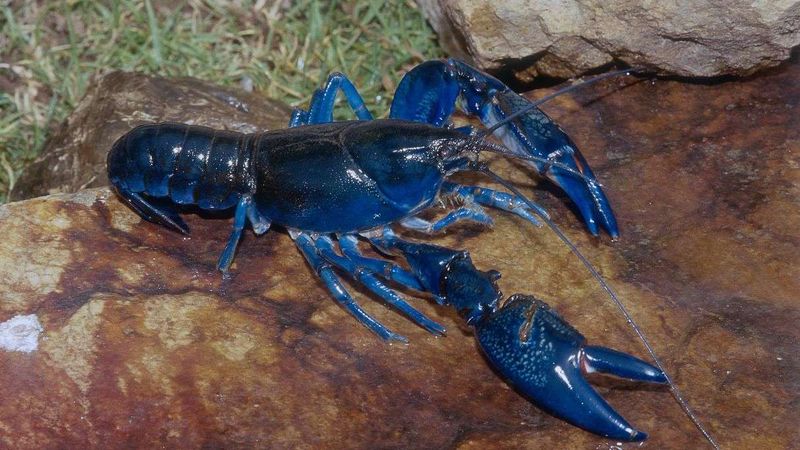
A rare genetic mutation gives rise to the striking Blue Lobster, a true marvel of the marine world. With a one-in-two-million chance of occurring, finding a Blue Lobster is like discovering an oceanic treasure.
These lobsters exhibit a brilliant sapphire hue, turning heads wherever they are found. Despite their unusual appearance, they live just like their more common counterparts, inhabiting rocky coastal areas and feeding on small marine organisms. Their rarity and vivid color make them a symbol of the ocean’s endless surprises.
Blue-and-Gold Macaw
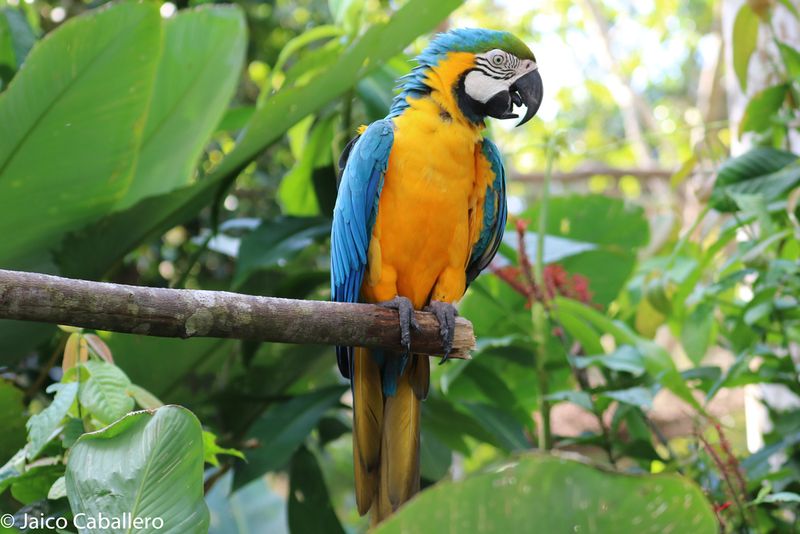
The Blue-and-Gold Macaw is a stunning parrot known for its striking blue and yellow plumage. Native to the rainforests of South America, these birds are admired for their intelligence and sociability.
With a strong beak and loud calls, they make their presence known in the treetops. These macaws form lifelong bonds with their partners and are known for their affectionate nature. Their vivid colors and lively personality have made them a favorite among bird enthusiasts and avian photographers alike, capturing the imagination of all who see them.
Blue Spotted Ray
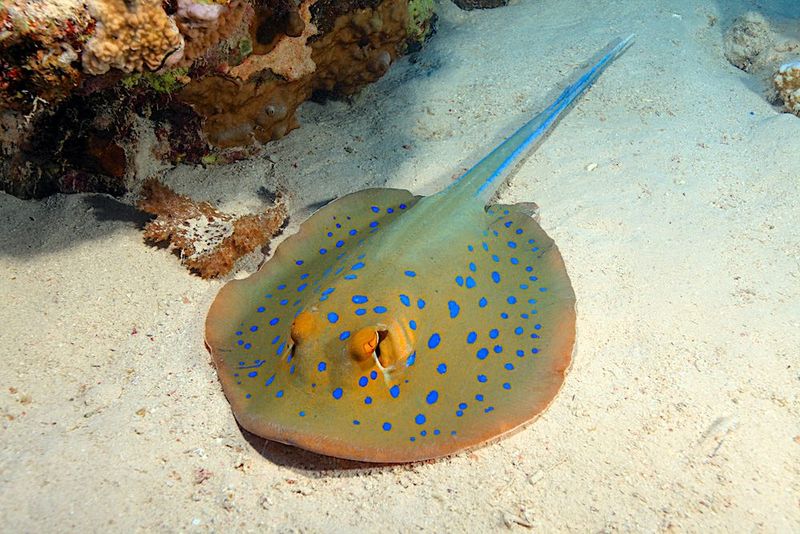
The Blue Spotted Ray is a captivating sight with its distinct blue spots and smooth, round body. Found in the warm waters of the Indo-Pacific, these rays are graceful swimmers, often seen gliding along the sandy ocean floor.
Their bright spots serve as a warning to potential predators of their venomous nature. Despite this, they are generally harmless to humans and are a popular subject for underwater photographers. Their unique appearance and gentle demeanor make them an intriguing species to observe in their natural habitat.
Blue Iguana
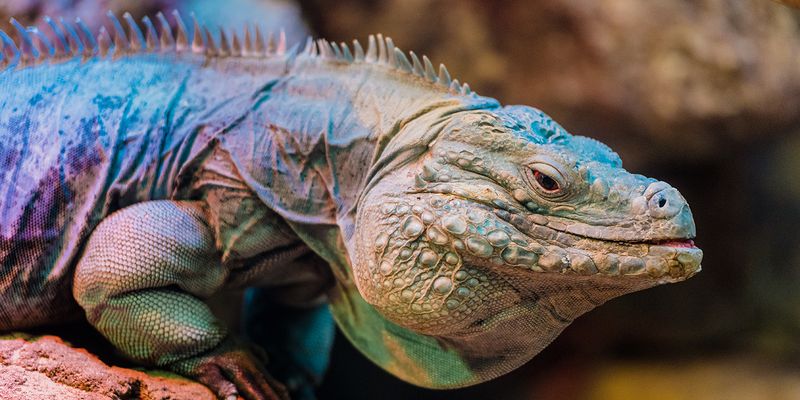
The Blue Iguana, native to the Grand Cayman Islands, is a striking reptile with an intense blue coloration that becomes more pronounced during mating season. These iguanas are among the largest lizards in the Western Hemisphere, basking in the sun on rocky terrain.
Despite their formidable appearance, Blue Iguanas are herbivores, feeding primarily on fruits and leaves. Conservation efforts have helped revive their population, making them a symbol of successful wildlife management. Their bright blue skin against the Caribbean landscape creates a picture-perfect scene.
Blue Starfish
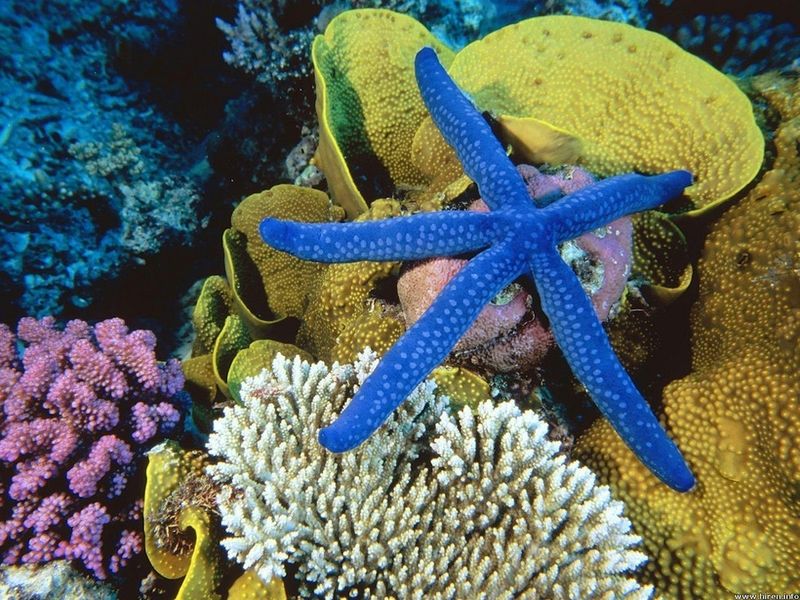
The Blue Starfish, with its radiant azure hue, is a common sight in the coral reefs of the Indo-Pacific region. Its five arms extend gracefully, making it a symbol of marine elegance.
Though often stationary, Blue Starfish play a crucial role in the ecosystem, feeding on algae and small invertebrates. Their simple yet striking appearance has made them a beloved subject for underwater photographers. The contrast of their vivid color against the coral reefs highlights the beauty of ocean life.
Blue Jay Frog
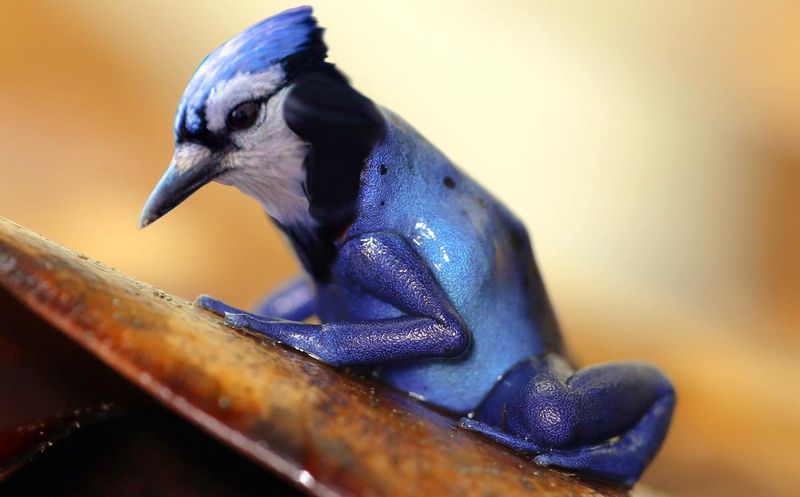
Not to be confused with its avian namesake, the Blue Jay Frog is a vibrant amphibian native to the rainforests of Central America. Its striking blue and black patterns are a defense mechanism, warning predators of its toxicity.
These frogs are known for their loud, distinctive calls that resonate through the forest. Their bold colors and vocal nature make them a fascinating subject for herpetologists. The interplay of color and sound in their natural habitat creates a dynamic display of nature’s creativity.
Blue Surgeonfish
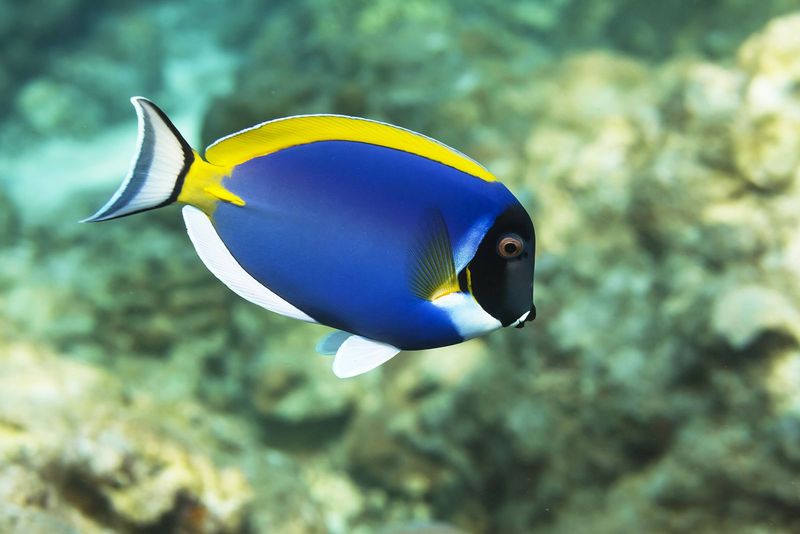
Often found in the vibrant coral reefs of the Indo-Pacific, the Blue Surgeonfish is a sight to behold with its striking blue body and scalpel-like spines near its tail. These spines are a defensive feature, used to ward off potential threats.
Known for their social behavior, Blue Surgeonfish travel in schools, adding a splash of color to the underwater world. Their active lifestyle and bright appearance make them a favorite among aquarists. The harmony of their blue scales with the reef is a testament to nature’s artistry.
Blue Eared Pheasant
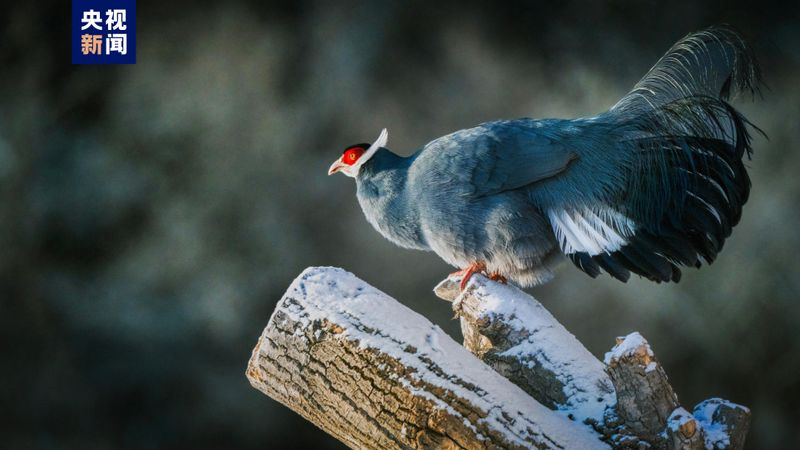
Native to the mountainous regions of China, the Blue Eared Pheasant is a striking bird with blue-gray plumage and bright red facial skin. These birds are known for their resilience, thriving in harsh, snowy environments.
Their elegant appearance is complemented by their calm demeanor, making them a cherished sight among avian enthusiasts. The pheasant’s unique adaptations to its environment showcase the incredible diversity of bird life. Their presence in the wild is a tribute to nature’s adaptability and beauty.
Blue Throated Macaw
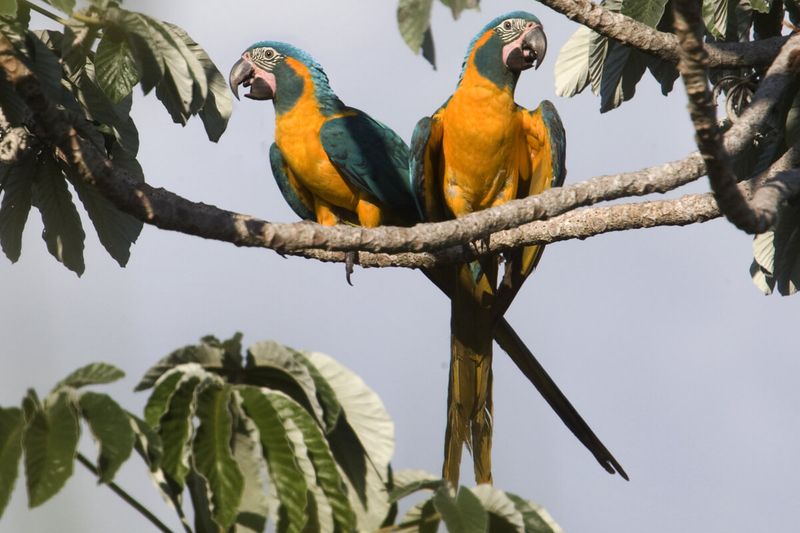
The Blue Throated Macaw is a rare and beautiful parrot found in the rainforests of Bolivia. With its bright blue throat and contrasting yellow body, it presents a striking visual spectacle.
These macaws are highly intelligent and social, often forming strong bonds with their mates. Sadly, they are critically endangered due to habitat loss and the illegal pet trade. Conservation efforts are underway to protect these magnificent birds. Their vibrant appearance and playful nature make them a beloved species among bird lovers.
Blue Bonnet
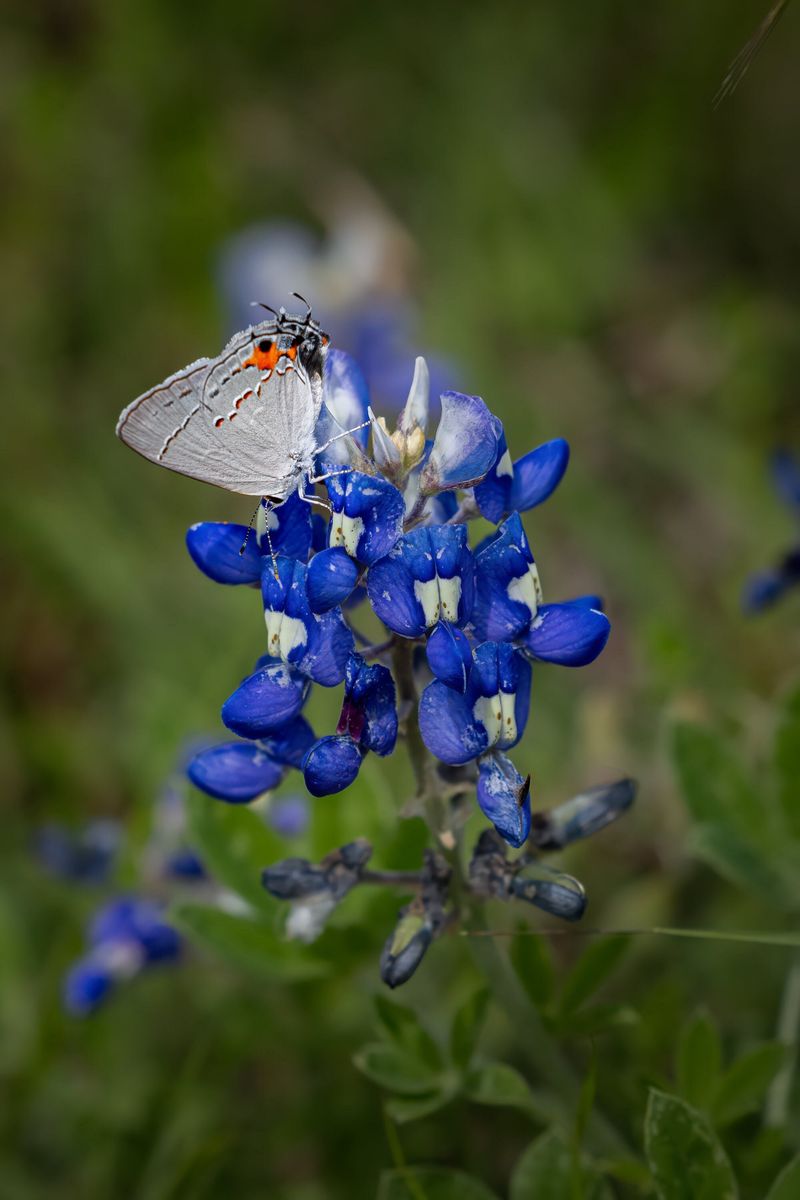
The Blue Bonnet butterfly, not to be confused with the flower of the same name, is a radiant species known for its bright blue wings. Found in meadows and gardens, these butterflies are a delight to behold as they flit from flower to flower.
Their iridescent color is a result of microscopic scales on their wings that reflect light, creating a dazzling effect. The presence of Blue Bonnets in a garden is a sign of a healthy ecosystem. Their gentle beauty and ecological importance make them a cherished sight for nature enthusiasts.

